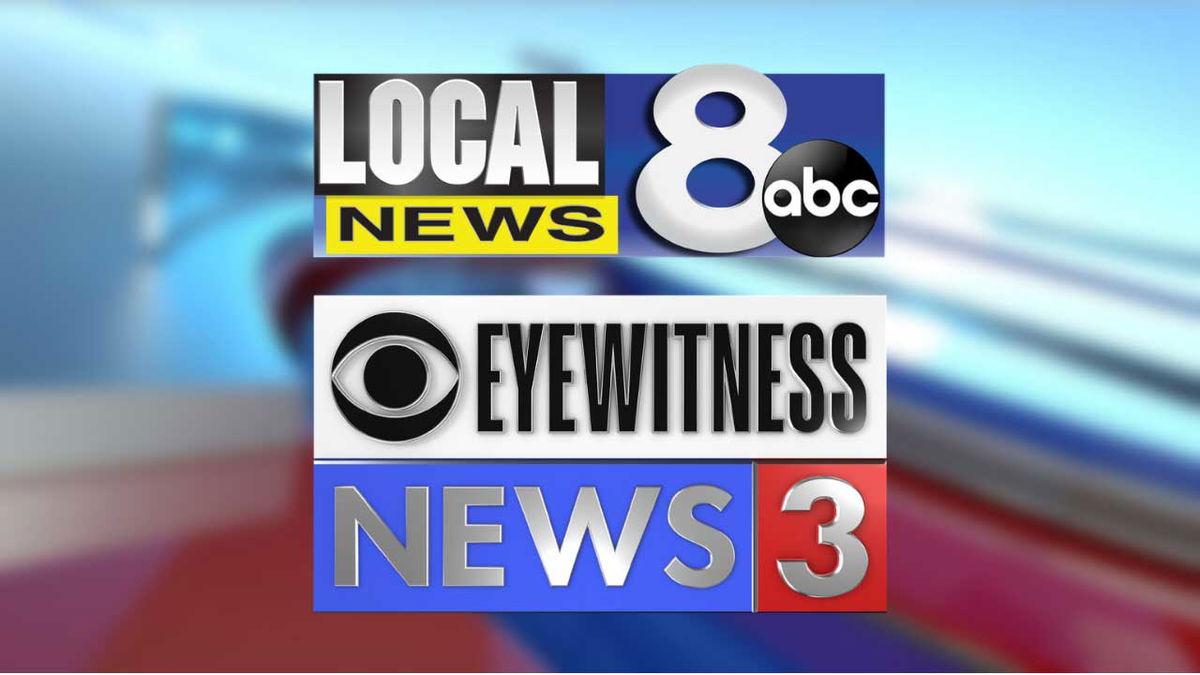School ages near toxic plumes as Nevada tribe calls for help

By GABE STERN
Associated Press/Report for America
CARSON CITY, Nev. (AP) — Cracked windows, a bat colony in the ceiling, spotty heating and close proximity to hazardous contaminants in a long-dilapidated school brought over 100 tribal members to the Nevada Legislature on Thursday, where they said longstanding funding pleas for a new school have been neglected.
The public Owyhee Combined School on the Duck Valley Indian Reservation hosts 330 students from pre-K through 12th grade. It is in a remote area along the Nevada-Idaho border, 100 miles (160.93 kilometers) from the 20,000-person city of Elko, Nevada, and 100 miles (160.93 kilometer) from 16,000-person city of Mountain Home, Idaho. The Shoshone-Paiute Tribes on the reservation have about 2,000 members, nearly all of whom have attended the school built in 1953.
As tribal leaders have pleaded with county and state lawmakers for new school funding, conditions have grown worse. The bat colony living in the ceiling leaves drippings that ebb into the home economics room. Stray bullet holes in the front glass windows have remained for years. It’s a stone’s throw from a highway, where passersby sometimes use the school bathroom as if it’s a rest stop. And it’s adjacent to toxic hydrocarbon plumes that lie under the town, which tribal doctors are preparing to study in relation to a noticeable string of cancer deaths.
“It would be unwise to think there is no correlation,” Jagdish Goswami, director of operations for the Owyhee community health clinic, said of the plumes’ connection to the cancer deaths. “However, a total study should reveal the facts.”
Though the state is dealing with underfunded public schools statewide, Vice Principal Lynn Manning-John said Owyhee lacks resources to an extent not seen elsewhere.
She said when she asked staff what they wanted improved in the school, her counselor told her they just wanted “basic needs” like water, electricity, heat and safety.
“Those are the basic things we exist without a significant number of days in this school year,” Manning-John said.
Many tribal schools across the nation are in a state of disrepair. To’Hajiilee Community School on the Navajo Nation in New Mexico, whose classrooms and playgrounds were consistently plagued with flooding after rainstorms, won funding in February only after relentless community outcry. To’Hajiilee is one of about 80 schools funded by the U.S. Bureau of Indian Education that are in desperate need of repair or replacement.
While the public Owyhee Combined School does not receive money from the Indian Education Bureau, Nevada legislators are working to provide funding, but there is debate on where that would come from and how long that would last.
Among several potential funding mechanisms is a bill that would allocate money to the Elko County School District that has not yet been heard in a state Senate committee and seems to have stalled. Lawmakers are also looking at emergency funding from the state budget, where leaders hope part of those discussions include more systemic funding for tribal schools in the future.
State funding would likely have to be nailed down before the early June deadline given Nevada Legislature’s biennial session.
Democratic Senate Majority Leader Nicole Cannizzaro said in a statement that she met with tribal leaders Thursday, the conditions of the school is “unacceptable” and she is disappointed in Elko County for “their failure to maintain a safe learning environment for students, educators, and support staff.”
An Elko school district spokesperson did not immediately respond to a request for comment Thursday from The Associated Press.
Fifth grader Landon Lee hopes a new school would have a robotics room, because his team currently meets at his coach’s house. They recently won first place in a regional robotics championship, along with receiving a scholarship to go to space camp in Alabama. He loves to play basketball, but the school doesn’t have a court. His class has to stay indoors for recess during the winter because of the hazardous effect bad weather has on the aging playground.
“Please don’t make me read during recess no more,” he quipped.
Among the largest concerns is a lack of safety measures for a school placed right by the highway with few security personnel in proximity. Particularly after the Nashville school shooting last month, Manning-John, the vice principal, worries the school’s glass doors with a push bar are insufficient in keeping intruders out.
She said she hopes a new school will be a better walking distance for tribal members without a car. She envisions a space more open to the rest of the reservation, with cradleboards for babies, spaces for elders and a higher capacity for language classes. As the final month of the legislative sessions approaches, Manning-John hopes she won’t have to return in two years with the same request.
“I would say to them — and this is really hard for me, because my kids attend this school — ‘Would you want your child to attend the school?’” she said of those who may not have heard of the school. “And your answer would probably be ‘No.’”
____
Stern is a corps member for the Associated Press/Report for America Statehouse News Initiative. Report for America is a nonprofit national service program that places journalists in local newsrooms. Follow him on Twitter: @gabestern326.
